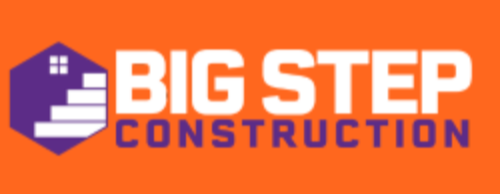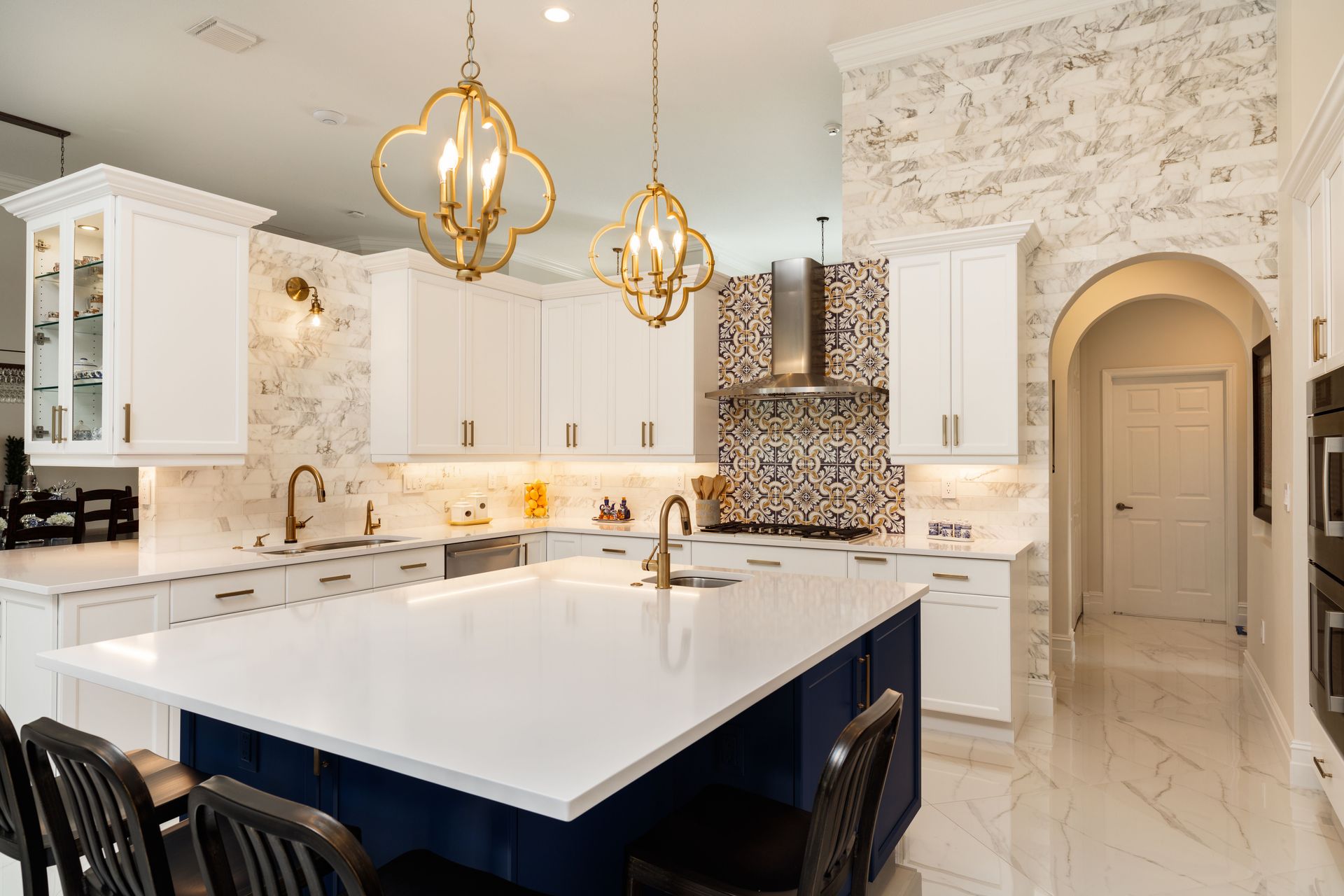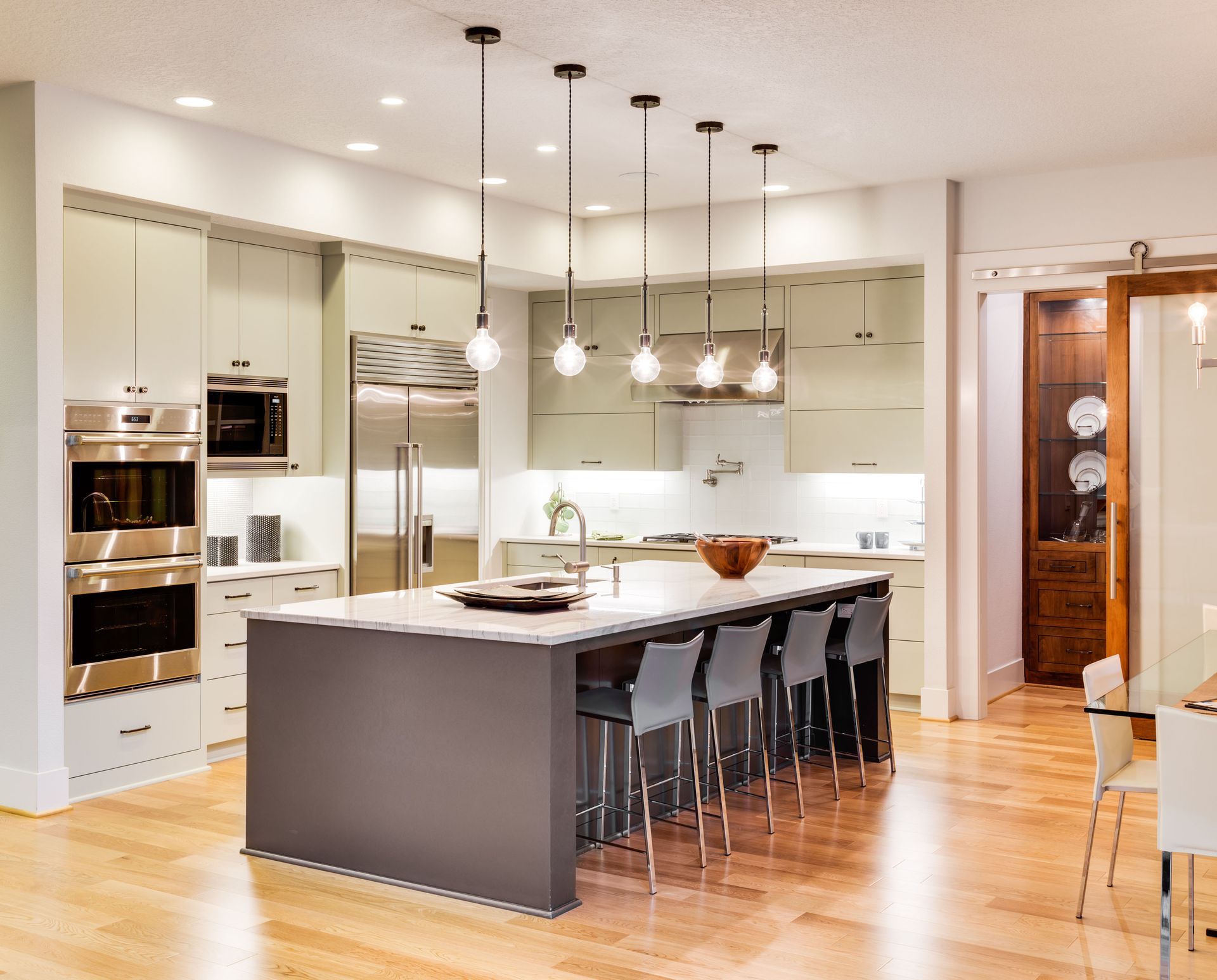How Strategic Home Additions Boost Value and Comfort in 2025
In an era defined by evolving lifestyle preferences and technological advancements, homeowners are increasingly looking towards strategic home additions to enhance both the comfort and economic value of their residences. As we step into 2025, this trend shows no sign of waning. By exploring the motivations behind home improvements and the latest trends in design and functionality, we provide a comprehensive guide to boost the worth and livability of homes. Whether it's through enhancing spatial efficiency or embracing cutting-edge technology, strategic additions are reshaping how we view and utilize domestic spaces.
Understanding the Economic Impact of Home Additions
The Rising Demand for Expanded Living Spaces
The quest for expanded living spaces has been driven by changes in lifestyle and family dynamics. With growing families and the shift towards remote working, homes are now more than just living quarters; they're multifunctional hubs. This heightened demand has made property expansions highly appealing and economically beneficial. Larger living areas not only cater to immediate needs but also increase the home’s marketability. Additionally, spacious homes allow for greater flexibility in usage, meeting the diverse needs of modern homeowners.
Expanding living spaces isn't merely a trend but a necessity for adapting to these evolving needs. The housing market has seen a steady increase in demand for homes with additional square footage. Homeowners are realizing that the investment in larger spaces often yields significant returns. According to CENTURY 21 Affiliated, a real estate firm, projects like bathroom additions offer an ROI of around 56%, while primary suite additions have an ROI of about 54%. These figures highlight how strategic expansions can translate into tangible economic benefits for property owners.
Beyond economic gains, the psychological and quality of life improvements from larger spaces cannot be understated. Home is increasingly seen as a refuge, a place that must accommodate relaxation, work, and social functions. By investing in home additions, residents can create a sense of balance and harmony in their living environments. These expansions also offer the potential to personalize spaces, making them more conducive to individual lifestyles and enhancing overall satisfaction. Attention to the strategic planning of these spaces is crucial to maximizing both comfort and fiscal returns.
Return on Investment: Evaluating Cost vs. Value
Evaluating the cost vs. value is a critical aspect of planning home additions. While initial expenditures can be substantial, the long-term gains often justify the investment. Financial returns, of course, depend on numerous factors, including the type of addition, materials used, and the execution of the project. Bathroom and primary suite additions, despite their upfront costs, provide substantial contributions to property value. With considerable ROIs, these projects are often prioritized by homeowners looking to enhance both home functionality and their asset's worth.
ROI isn't just about financial gain; it's also about the value added in terms of lifestyle improvement and home enjoyment. For example, adding a home office not only enhances workplace productivity but can also significantly impact the home’s resale value. Creativity and foresight, in addition to design, offer opportunities for unique selling points. By integrating aesthetics with functionality, homeowners maximize the value returned on the initial outlay. The key is to assess each project’s potential return in both qualitative and quantitative terms.
Tailored additions that respond to market trends stand a greater chance of enhancing property appeal. Buyers are increasingly drawn to properties that boast modern amenities and efficient layouts. Making informed decisions based on market research and professional advice ensures that additions will resonate with buyer expectations. As such, strategic home additions should not be seen solely as expenditures but as wise investments with the potential for substantial long-term benefits. The focus should always be on projects that blend fiscal sensibility with enhancing living quality.
Designing for Comfort: Integrating Modern Elements
Embracing Open-Concept Living
Open-concept living has emerged as a popular trend, offering a spacious, connected environment ideal for modern lifestyles. Removing barriers between spaces encourages natural light to flow through the home, creating a brighter, inviting atmosphere. This design fosters better social interaction while maintaining a clear line of sight, which is particularly beneficial for families and social gatherings. Additionally, open spaces allow for flexibility in furniture arrangement, adapting to changing needs and personal tastes. By embracing open-concept designs, homeowners can significantly enhance both the comfort and value of their properties.
The benefits of open-concept living are abundant, promoting efficient use of space and resourceful design layouts. The absence of interior walls leads to more efficient heating and cooling, reducing energy consumption and costs. As a result, open-concept homes can often be more environmentally friendly. Furthermore, this design trend can make smaller homes feel larger and more expansive. Homeowners who remove unnecessary partitions not only create a more pleasant living experience but also see an increase in their home's overall market value.
Despite its numerous advantages, open-concept living does require careful planning to execute successfully. Consideration must be given to the balance of open and private spaces to maintain function and personal privacy. Additionally, the strategic placement of furniture and decor is crucial to creating defined zones or areas within the open space. Designers and homeowners must also consider acoustic controls to prevent sound from traveling too freely throughout the space. When implemented thoughtfully, open-concept strategies can transform a property, seamlessly blending comfort with sophistication.
Eco-Friendly and Sustainable Building Practices
As environmental consciousness grows, eco-friendly building practices have become integral to home design and addition projects. Using sustainable materials such as recycled wood, bamboo, and eco-friendly insulation reduces a home’s environmental footprint. Additionally, incorporating green roofs and rainwater harvesting systems aligns properties with sustainable living standards. Such considerations are especially crucial as regulatory standards increasingly favor sustainable construction practices. By employing these methods, homeowners can complement their home additions with eco-sustainability, attracting environmentally conscious buyers.
Sustainable practices not only support environmental goals but also enhance operational efficiency. Energy-efficient windows, solar panels, and programmable thermostats drastically reduce energy consumption. Lower energy expenses add up to significant savings over time, justifying the initial financial outlay. Homes that demonstrate sustainability are often more attractive to the eco-aware market. Buyers appreciate the reduced utility costs and the satisfaction of contributing positively to the environment.
Implementing sustainable designs requires a thoughtful approach to balance cost-effectiveness with ecological impact. Decision-making should prioritize building methods that provide long-term efficiencies, maximizing both immediate and future benefits. Engaging experts in sustainable design ensures that all elements complement the broader green objectives. As sustainability continues to influence housing demand and value, environmentally friendly additions can offer loyalty and motivation, creating timelier and equitable living spaces for inhabitants. Homeowners who lead by example, integrating sustainability into their properties, not only enhance comfort but also safeguard the environment long-term.
As homeowners continue to rethink how their living spaces can better support comfort, efficiency, and long-term value, strategic home additions remain one of the most rewarding investments available. By combining thoughtful design with financial foresight, these enhancements elevate a property’s functionality, atmosphere, and market appeal. From expanding square footage and embracing open-concept layouts to integrating eco-friendly and innovative features, the most successful additions are those that balance personal enjoyment with future return. Looking ahead, prioritizing purposeful upgrades that align with evolving lifestyle needs and modern trends will allow homeowners to enjoy meaningful improvements today while strengthening property value for years to come. Contact Big Step Construction today for help with all your home addition needs.






Share On: